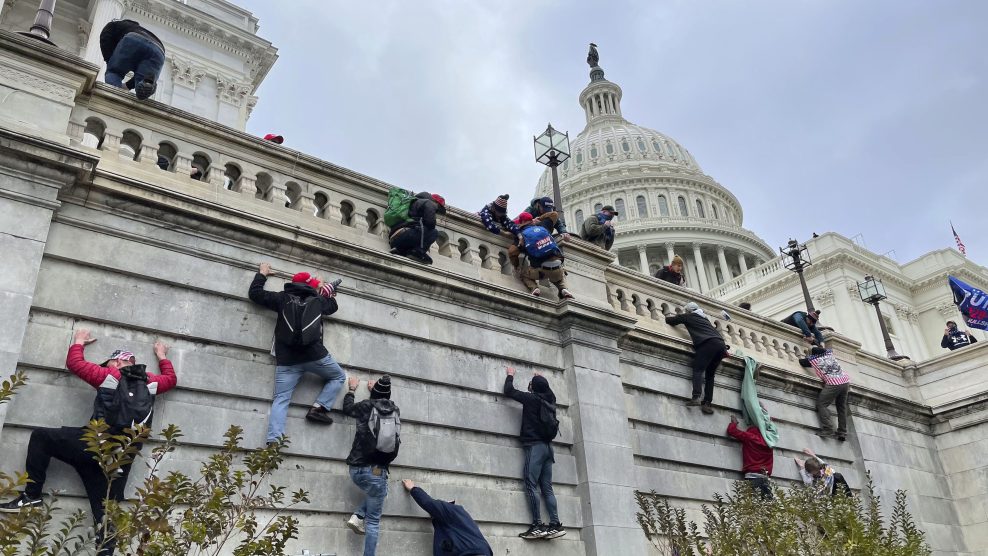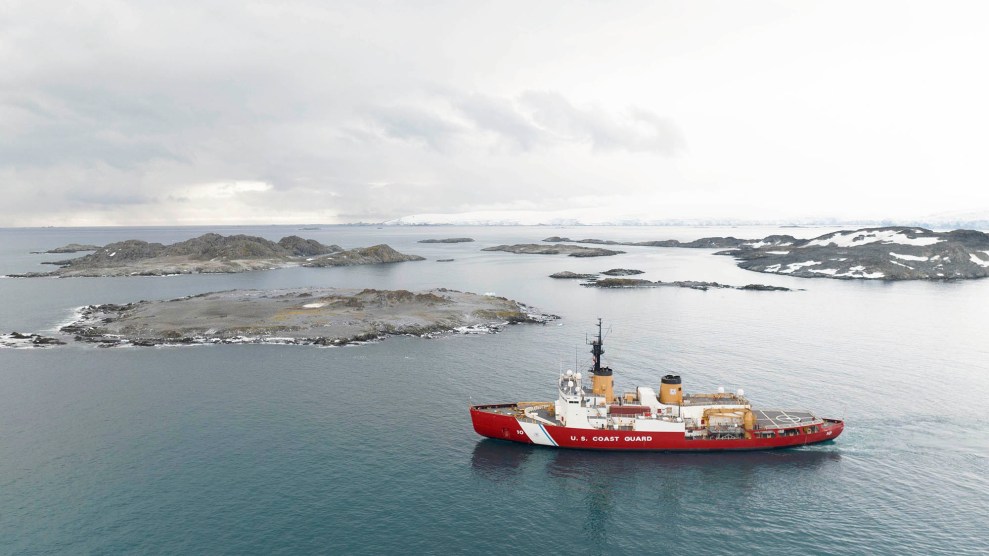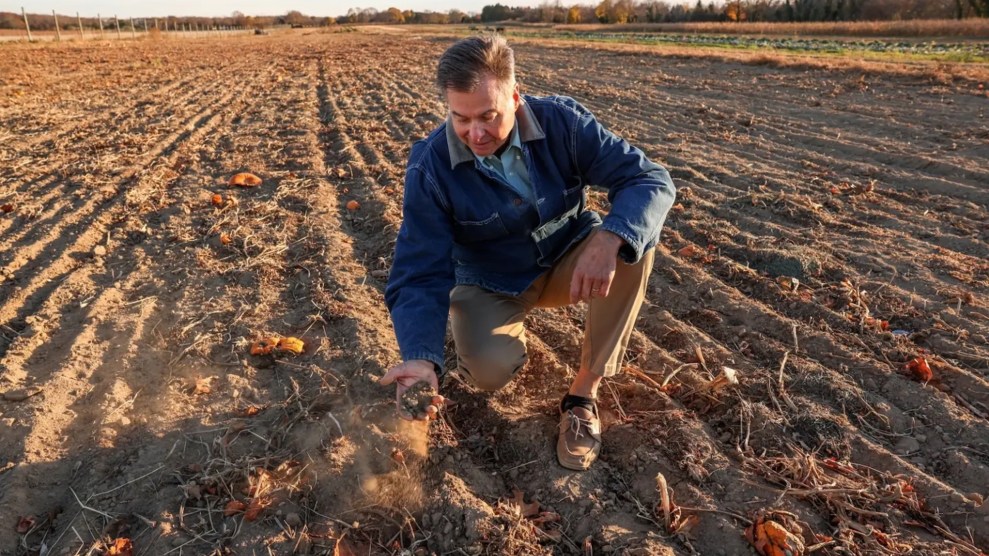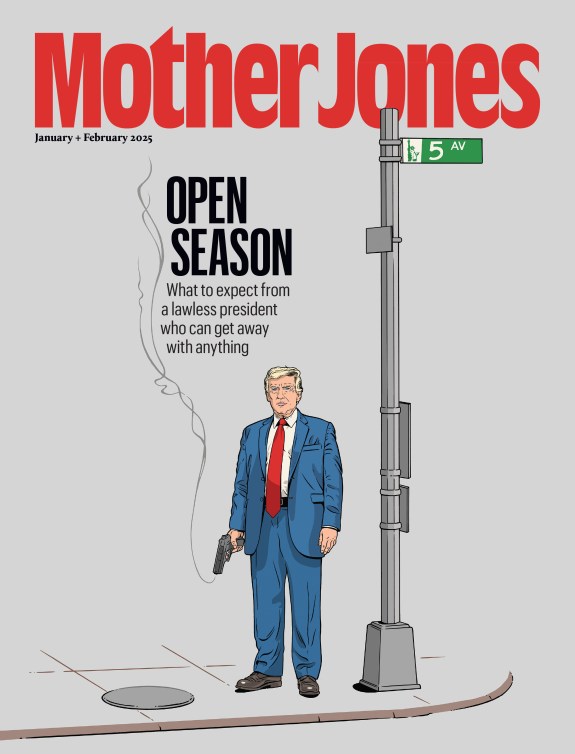Despite immigration making headlines all year long – from marches and rallies to House and Senate sparring, Congress recessed in August without resolution, yet with one substantive action: nearly $2 billion in appropriations that Republican Jon Kyl and Jeff Sessions slipped into a Pentagon spending bill just a day before Senate adjourned. These dollars will pave the way for 371 miles of border fencing and 461 miles of vehicle barriers—a wall that critics say will cause environmental devastation and simply shift, not stem, immigration patterns.
In the Tucson Sector, a 262 mile-long stretch of border in Arizona’s Sonoran Desert, illegal immigration has been on the rise since the mid-1990s when urban areas were barricaded funneling crossers to rural environs. Beyond the human cost of perilous desert crossings, the land, 85% of which is federally protected wildlife lands, hosts 25 million tons of trash, erosion from thousands of illegally carved trails and roads, and habitat fragmentation from permanent Border Patrol infrastructure.
And a wall is not the answer. Historically, walls have created what many call the “balloon effect.” Build a wall in one area and migrants will simply move west or east of that newly enforced area. “We call it shift on your neighbor,” says Jenny Neeley of the Defenders of Wildlife, a national environmental group working to stave off the devastation along the border. And the effects are even more severe when the neighboring areas are wildlife lands full of endangered plants and species. “We realize that the problems we are facing environmentally in this region are a direct effect of past border patrol strategy that have relied primarily on walls,” says Neeley.
In 1994, the INS (Immigration and Naturalization Service), which is now Immigration and Customs Enforcement (ICE), rolled out its Southwest Border Strategy. Intended to relieve urban centers in California and Texas from concentrated migrant traffic, the plan sealed off the border in these areas. Both authorities and policymakers hoped migrants, forced to cross in more inclement environmental conditions, like the deserts of Arizona and New Mexico, would be deterred from crossing at all. Instead immigration increased along the Tuscon Sector, officially reaching nearly a half million this year.
The desert lands took the hardest hit.
The damage at Organ Pipe Cactus National Monument, in southwestern Arizona, is so dire that the National Park Service has changed its focus from protecting the area to documenting the destruction of its ecosystem, saying there’s no chance for a full recovery. Kathy Billings of Organ Pipe paints a dark picture. She describes a spider web of trails, over 400, a number that has doubled in the past 5 years. The “layup” sites, where migrants change clothes before crossing, compact the soil and because moisture can’t penetrate, most trees and cacti die. A walk through the back country is a walk through trash, water bottles, abandoned bikes and cars, graffiti and human waste. And animals too have had to adjust to their new surroundings. “In the wilderness, you think you will have no connection with humans, but now that is all you have,” says Billings. But these images are not reserved for Organ Pipe. “This could apply to just about every place along the border,” says Kim Vacariu of the Wildlands Project, which works on habitat fragmentation in conjunction with the Sky Island Alliance. “We are on the brink of losing a desert ecosystem and it is happening right before our eyes.”
Those who witness the environmental decimation can’t believe the same mistakes stand to be repeated. “This is the worst-case scenario—that Congress would abandon meaningful reform and instead try to solve this issue with walls alone,” says Neeley, and she is not alone. Matt Skroch of the Sky Island Alliance, a group working on habitat fragmentation in the area, echoes her concerns, “While politicians won’t take a comprehensive look, we are dealing with one proven and unsuccessful aspect of border patrol—walls.”
Park managers are nervous as well. Mitch Ellis, of the Buenos Aires National Wildlife Refuge, a park that has faced the potential loss of the endangered masked bobwhite (the park’s main reason for existence), soil erosion and vegetation loss from 1300 illegal trails as well as more than 500 tons of trash dumped in the park each year, knows that vehicle barriers and fences are not solutions. “Their impact is negligible, and they won’t stop illegal immigration—they just won’t,” says Ellis.
Some, though, have hope for small progress being made. The Borderlands Management Task Force has been created to set up the desired dialogue between Homeland Security and land managers. Managers still have no say in what occurs on the lands they serve to protect but Homeland Security now at least alerts them to what they are doing. It’s a small step, and Varaciu hopes this dialogue can make some difference. “It looks like we can’t stop them from building a wall, but we can hopefully influence them as to how.”
But Border Patrol doesn’t think they need any help. Maria Valencia, of the Arizona office, says that the Border Patrol is right on track “with the increased enforcement and resources.” Valencia responds to questions about the wall, but doesn’t quite understand the concerns. “Deployment of personnel and the building of fences along the entire border just wouldn’t be productive– maybe just in urban areas though, where it is practical.”
And so it continues.















